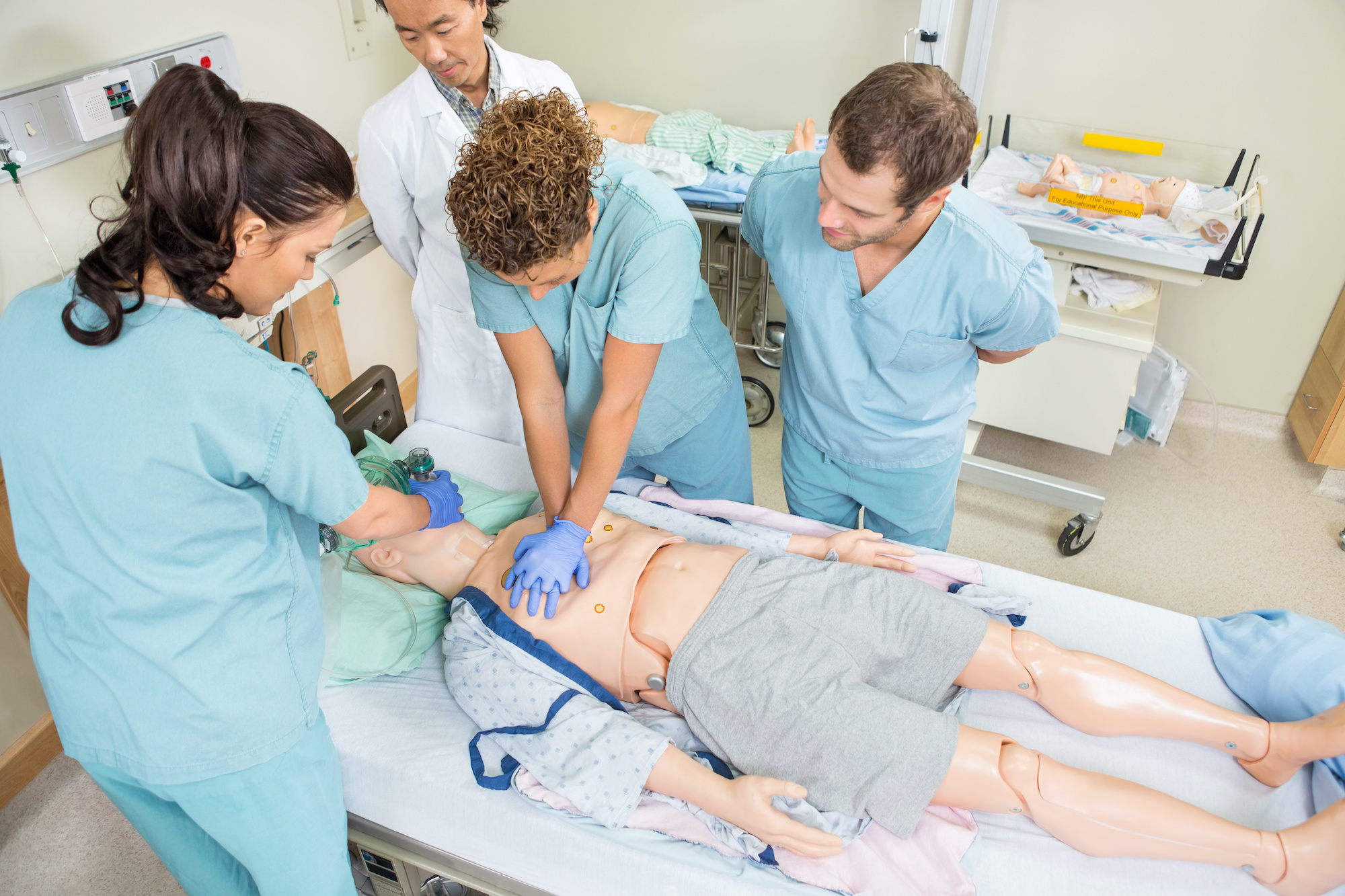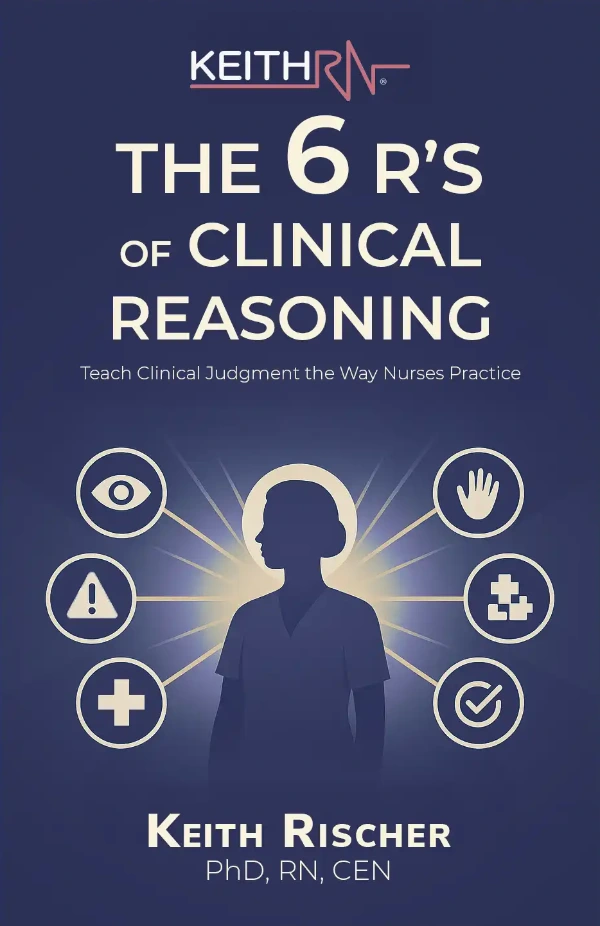
Clinical judgment is the most important skill nurses need to learn. And like any skill that is taught in nursing education, clinical judgment skills must be practiced.
Although simulation has been shown to be an effective strategy to develop clinical judgment, many students do not get enough repetition or experiences in the skills lab during a semester.
Did you know that you can literally double the amount of learning and develop clinical judgment skills by using a KeithRN unfolding case study? Use the following powerful and practical strategies to increase the practicing of clinical judgment skills when using simulation.
- Hybrid Simulation Activity
- Case Study as Part of Simulation
- Debriefing/Reflection on Thinking
Strategy #1: Hybrid Simulation Activity
To strengthen your simulation lab teaching, use a concise KeithRN clinical reasoning case study such as Skinny Reasoning as a pre-simulation assignment related to the topic of your simulation.
Since the open ended questions integrate Tanner’s clinical judgment model which will also be the basis for NextGen NCLEX test questions, review the case study as a group as a pre-briefing activity and discuss the reasoning behind each answer. Then start the simulation.
Strategy #2: Case Study as Part of Simulation
The second strategy is to use the assigned KeithRN clinical reasoning case study as the beginning of the simulation. Discuss and review whatever portion of the case study was preassigned as a group and do a pre-brief review.
This time, the simulation BEGINS Where you left off on the case study and the simulation is a literal unfolding of the next step of the patient experience. This provides a natural introduction to the simulation. Depending on the objectives and student learning outcomes of the simulation, decide where the case study ends and the simulation begins.
For example, one simulation faculty used a Skinny Reasoning case study but towards the very end when patient education was the final question, this is where the simulation began and the student needed to interact and communicate essential health promotion teaching.
Strategy #3: Debriefing/Reflection on Thinking
Using the right questions to debrief and reflect on thinking and every judgment made during the simulation is one of the strengths of simulation and must also be done in clinical postconference and even in the classroom after using any active learning strategy including an unfolding case study.
I have found that all of these questions can be used effectively to strengthen clinical judgment by reflecting on thinking:
Reflection Questions
-
- What did you feel?
- What judgments did you make in this simulation? Were they the best decision?
- What would you do differently?
- What did you learn? Plan to remediate weaknesses.
- How will you apply what you learned to future patients?
There were also comprehensive frameworks that can be used to structure debriefing and reflection on thinking. Here are just a couple for you to consider:
- Debriefing for Meaningful Learning (DML) is a method of debriefing that can be used in simulation environments and other clinical settings to foster student’s reflective thinking and learning. Check out this article to learn more Getting Started with Debriefing for Meaningful Learning (Dreifuerst).
- Using Tanner’s Clinical Judgment Model (CJM). This simulation debriefing guide can strengthen clinical judgment using Tanner’s CJM. Learn more in Simulation debriefing for clinical judgment development (Lasater).
In Closing
Case studies and debriefing/reflection are powerful tools to deepen learning and develop clinical judgment. To be empowered to confidently develop clinical judgment in your students, I just published a comprehensive new resource for nurse educators: Faculty Guide to Develop Clinical Judgment.
This guide not only highlights how to maximize simulation by going deeper with the strategy shared in this blog, but also presents educational best practices to strengthen and develop clinical judgment in both the classroom and clinical settings.
Your journey to develop clinical judgment to better prepare students for both practice and licensure begins with your next step. As you look ahead to a new school year, what will your next step be?
Watch the video below to learn more:
Related Content
Keith Rischer – PhD, RN, CEN
As a nurse with over 35 years of experience who remained in practice as an educator, I’ve witnessed the gap between how nursing is taught and how it is practiced, and I decided to do something about it! Read more…
The Ultimate Solution to Develop Clinical Judgment Skills
KeithRN’s Think Like a Nurse Membership
Access exclusive active learning resources for faculty and students, including KeithRN Case Studies, making it your go-to resource.




